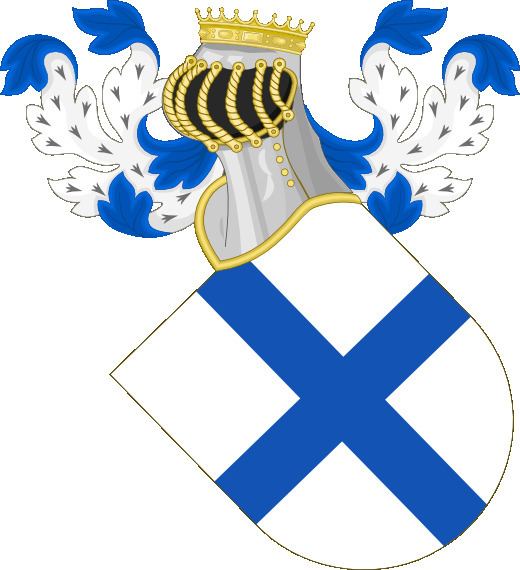Tenure 1183–1191 Name Theresa Portugal, House House of Burgundy | Tenure 1194–1195 | |
 | ||
Spouse Philip I, Count of FlandersOdo III, Duke of Burgundy | ||
Theresa of Portugal (Coimbra, c. 1151; – Veurne, 6 May 1218; [tɨˈɾezɐ] or [ˈtɾezɐ]) was the daughter of the Portuguese king Afonso I and Matilda of Savoy who became Counteess of Flanders and Duchess of Burgundy by her successive marriages.
Contents
Regent of Portugal
Theresa, her brother Sancho and sister Urraca were the only children of Afonso and Matilda to survive to adulthood. Named after her paternal grandmother, Countess Theresa, she was reputedly King Afonso I's favourite. During their father's illness Sancho at first exercised regency alone but from 1172 he shared the government with Theresa. At that time Afonso started considering to allow Theresa to succeed t the throne, and in 1173 he declared Sancho and Theresa co-heirs. As Afonso's illness progressed, the role of the siblings increased. Sancho took over military matters, while Theresa assumed administrative functions. Due to her proximity to the throne and fears of a loss of independence, a marriage with an Iberian lord was undesirable. Theresa thus remained unmarried until relatively late.
Countess of Flanders
Around 1183 envoys came from the County of Flanders to ask for Theresa's hand in marriage to Count Philip. Perhaps because of the difficulty of pronouncing her name, she became known as Matilda. Her marriage was celebrated (in the Tournai Cathedral, Bruges) after the death of Elisabeth of Vermandois, first wife of Philip, who hadn't given him any children, and was because Philip needed an heir so that his county wouldn't fall into French hands. For its part, Portugal, a new-born country, managed to secure an important alliance with Flanders, and European recognition. Theresa brought a considerable dowry, something that helped Philip manage his war with France for a couple of more years, before making peace in 1186. A reasonable number of Portuguese immigrants (mainly merchants) also went to Flanders with the infanta.
Matilda lived in one of the most luxurious royal courts of Europe, in which Philip patronized Chrétien de Troyes, author of a famous cycle of Arthurian stories and one of the fathers of the Holy Grail theme in literature. However, like Elisabeth of Vermandois, Matilda never gave birth, and after Philip's death, the county passed to his sister, Margaret I, and her husband, Baldwin VIII. Matilda, holding extensive dower lands in the south and on the coast of Flanders, was powerful enough to challenge the rule of her sister-in-law and brother-in-law but eventually relented.
Duchess of Burgundy
After Philip's death in August 1191, Matilda married again, this time to Odo III, Duke of Burgundy, in 1193. Her second marriage produced no children, and so, she ended up being repudiated by the Duke, so that he could marry Alice of Vergy. She returned to Flanders and would be instrumental in arranging the marriage of her nephew Ferdinand to Margaret I and Baldwin VIII's granddaughter, Joan, Countess of Flanders. She died when her carriage accidentally fell into a marsh near Veurne where she drowned.
She is celebrated in Bruges every year.
